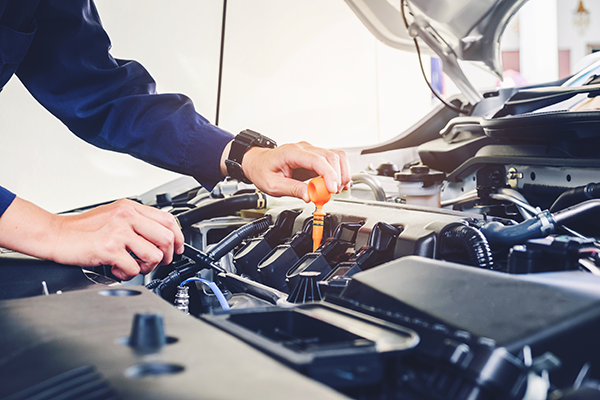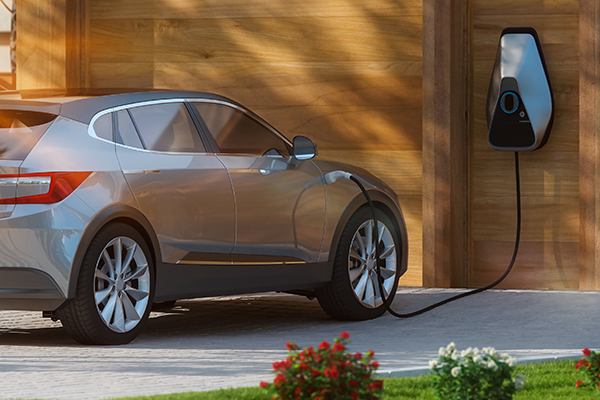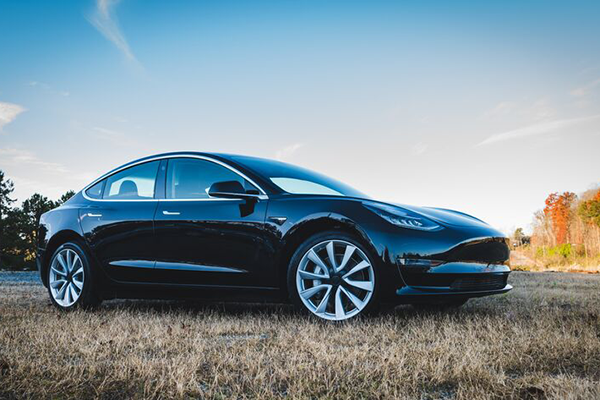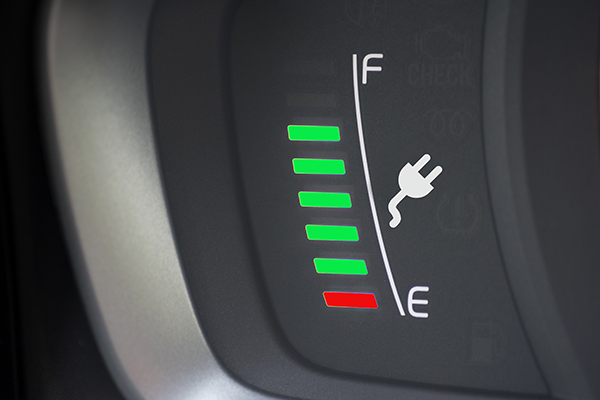EVs are Better for the Environment
Climate scientists agree that vehicle electrification is one of the best ways to reduce greenhouse gas emissions. Depending upon your utility’s generation mix, and whether you have solar or participate in a green power program, your driving carbon footprint could essentially be zero.

EVs Cost Less to Drive
When you combine the fuel-efficiency of EVs and the relatively low price of electricity, driving an EV is typically three or more times cheaper than driving a gasoline-powered vehicle. In addition, lifetime maintenance and repair costs are about half, compared to gasoline-powered vehicles.

Enjoy Convenient Charging at Home
You can avoid the pumps and charge your EV at home, overnight, with a standard 120-volt outlet. EV owners who install a 240-volt (level 2) charger in their home can charge their vehicles 2-4 times faster.

EVs are High-Performance Vehicles
EVs offer fast, smooth acceleration, with most going from zero-to-sixty mph in under 8 seconds (some in under 3 seconds). According to Consumer Reports, EVs are even more reliable than cars powered by internal combustion engines. That’s because EVs are inherently less complicated, with fewer moving parts to break.

EV Driving Range is High and Growing
Americans drive an average of 40 miles a day, according to the U.S. Department of Transportation. Median all-electric vehicle range grew from 73 Miles in model year 2011 to 258 miles in model year 2020, with some models reaching over 300 miles per charge.

EV Facts
All-Electric, or Battery Electric Vehicles, utilize an electric motor powered by a high-performance battery and do not use gasoline.
Plug-in Hybrid Electric Vehicles have both a traditional gasoline engine and an electric motor that must be plugged-in for charging.
Range is the number of miles an EV can run on its electric motor, before being recharged.


